NanoCaller for accurate detection of SNPs and indels in difficult-to-map regions from long-read sequencing by haplotype-aware deep neural networks
- PMID: 34488830
- PMCID: PMC8419925
- DOI: 10.1186/s13059-021-02472-2
NanoCaller for accurate detection of SNPs and indels in difficult-to-map regions from long-read sequencing by haplotype-aware deep neural networks
Abstract
Long-read sequencing enables variant detection in genomic regions that are considered difficult-to-map by short-read sequencing. To fully exploit the benefits of longer reads, here we present a deep learning method NanoCaller, which detects SNPs using long-range haplotype information, then phases long reads with called SNPs and calls indels with local realignment. Evaluation on 8 human genomes demonstrates that NanoCaller generally achieves better performance than competing approaches. We experimentally validate 41 novel variants in a widely used benchmarking genome, which could not be reliably detected previously. In summary, NanoCaller facilitates the discovery of novel variants in complex genomic regions from long-read sequencing.
Keywords: Deep learning; Difficult-to-map regions; Long-range haplotype; Variant calling.
© 2021. The Author(s).
Conflict of interest statement
The authors declare that they have no competing interests.
Figures

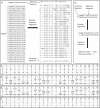
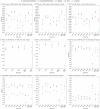
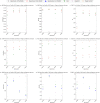
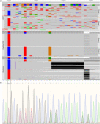
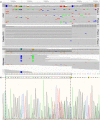
References
-
- McKenna A, Hanna M, Banks E, Sivachenko A, Cibulskis K, Kernytsky A, Garimella K, Altshuler D, Gabriel S, Daly M, DePristo MA. The Genome Analysis Toolkit: a MapReduce framework for analyzing next-generation DNA sequencing data. Genome Res. 2010;20(9):1297–1303. doi: 10.1101/gr.107524.110. - DOI - PMC - PubMed
-
- Garrison E, Marth G. Haplotype-based variant detection from short-read sequencing. arXiv. 2012;1207.3907.
Publication types
MeSH terms
Grants and funding
LinkOut - more resources
Full Text Sources

